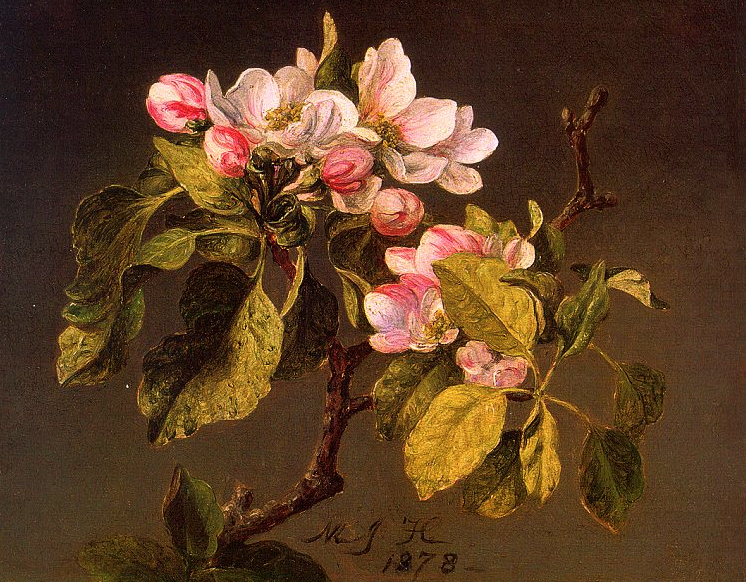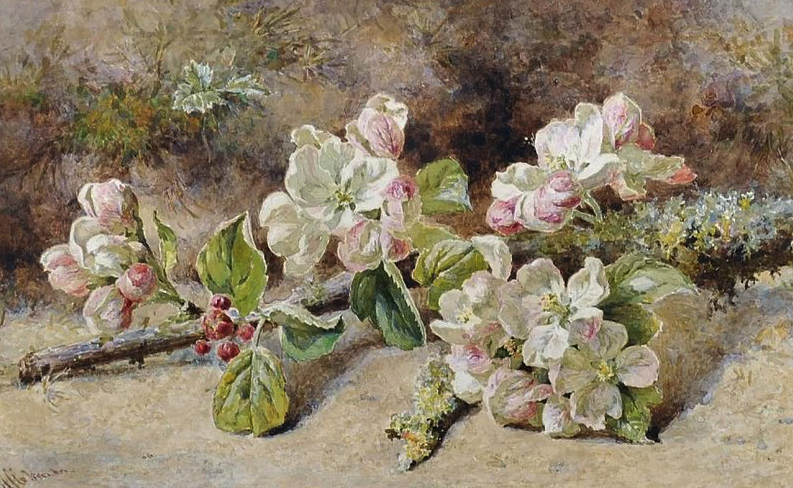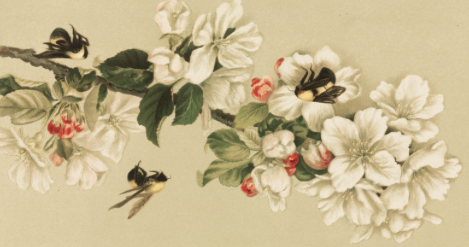
Apple blossoms have played a significant role in many cultures throughout history, inspiring a variety of beliefs and mythologies. From the ancient Greeks and Romans to the Chinese and Native Americans, the delicate and fragrant blossoms of the apple tree have been celebrated and revered for their beauty and symbolism.

In Greek mythology, the goddess of love and beauty, Aphrodite, was said to have been born from the foam of the sea, and it is believed that when she emerged from the water, the first thing she saw was an apple tree in full bloom. This is said to be the origin of the association between apple blossoms and love, fertility, and beauty.
According to Roman mythology, the goddess of fruit trees and gardens, Pomona, was often depicted holding a pruning knife and a basket of apples. Pomona was responsible for the care and cultivation of fruit trees, including apple trees, and that she blessed them with bountiful harvests.

In Chinese mythology, the apple blossom is associated with the goddess Xiwangmu, also known as the Queen Mother of the West. She was said to reside in a palace surrounded by apple trees, which bloomed only once every 3,000 years. The apple blossoms were believed to bring immortality, and those who were fortunate enough to see them were said to be blessed with good luck and prosperity.

Among Native Americans, apple blossoms were often associated with the changing of the seasons and the cycle of life. The blossoms represented new beginnings, and were often used in rituals and ceremonies to mark the start of spring and the renewal of life.
In addition to their mythological and cultural significance, apple blossoms have also been used in a variety of medicinal and culinary applications. The blossoms have been used to make teas, syrups, and tinctures for their soothing properties, and have been used in a variety of desserts and baked goods for their delicate flavor and aroma.

In modern times, apple blossoms continue to be celebrated and appreciated for their beauty and symbolism. They are used in weddings and other special occasions as a symbol of love, fertility, and new beginnings.

